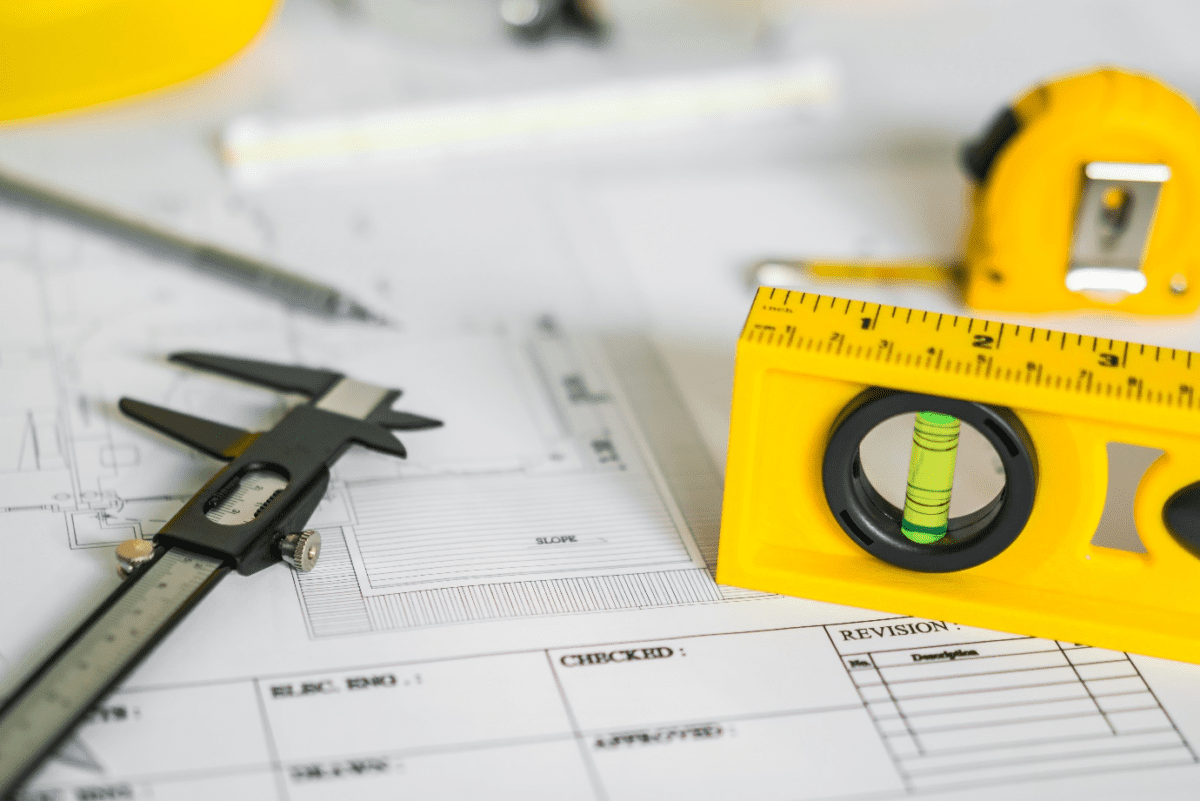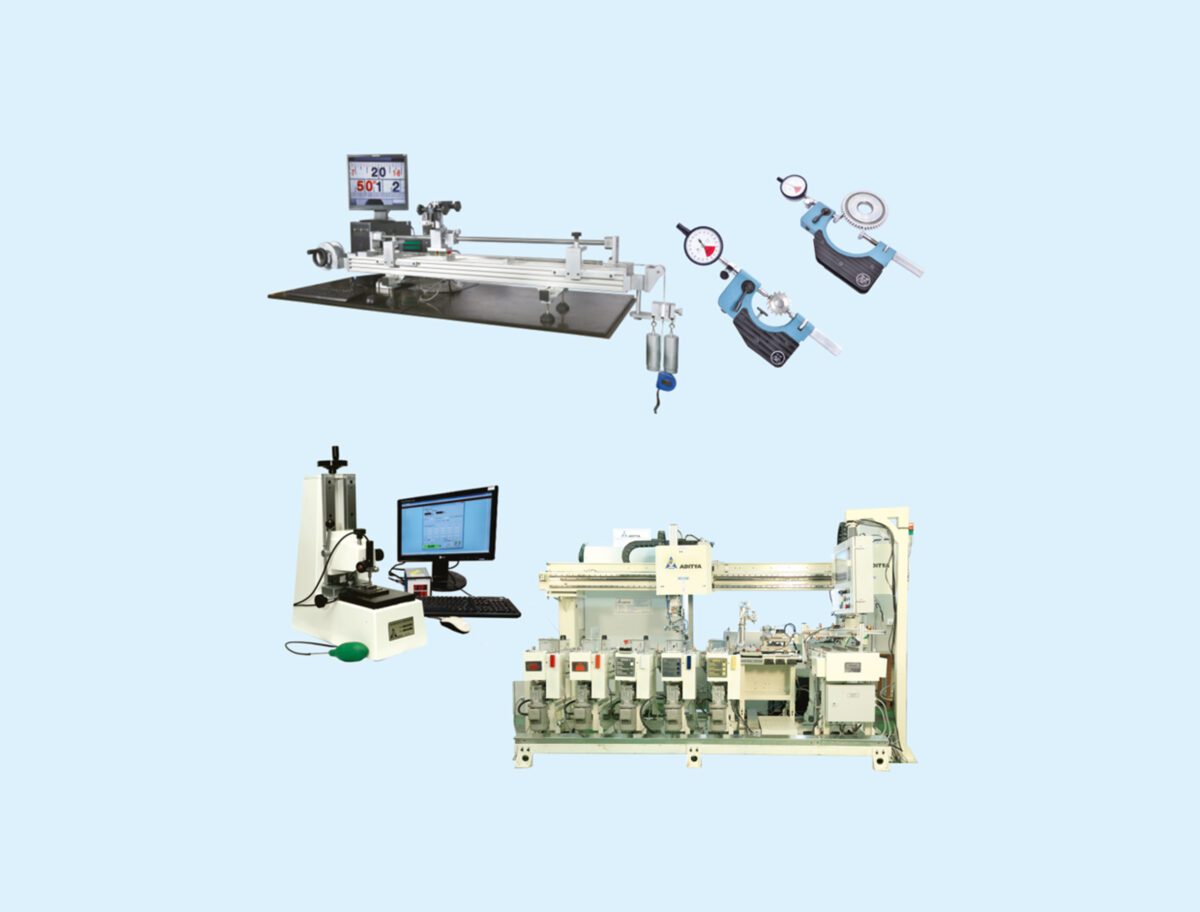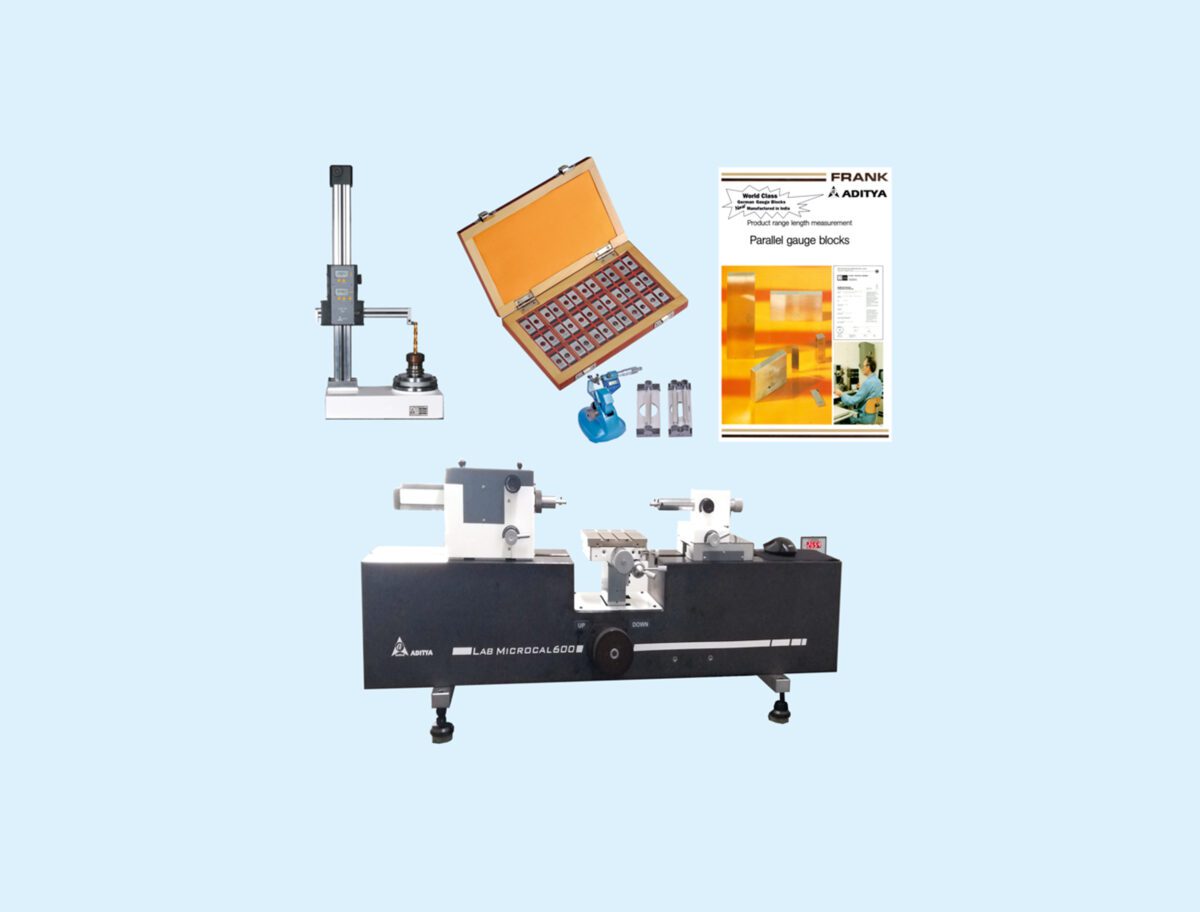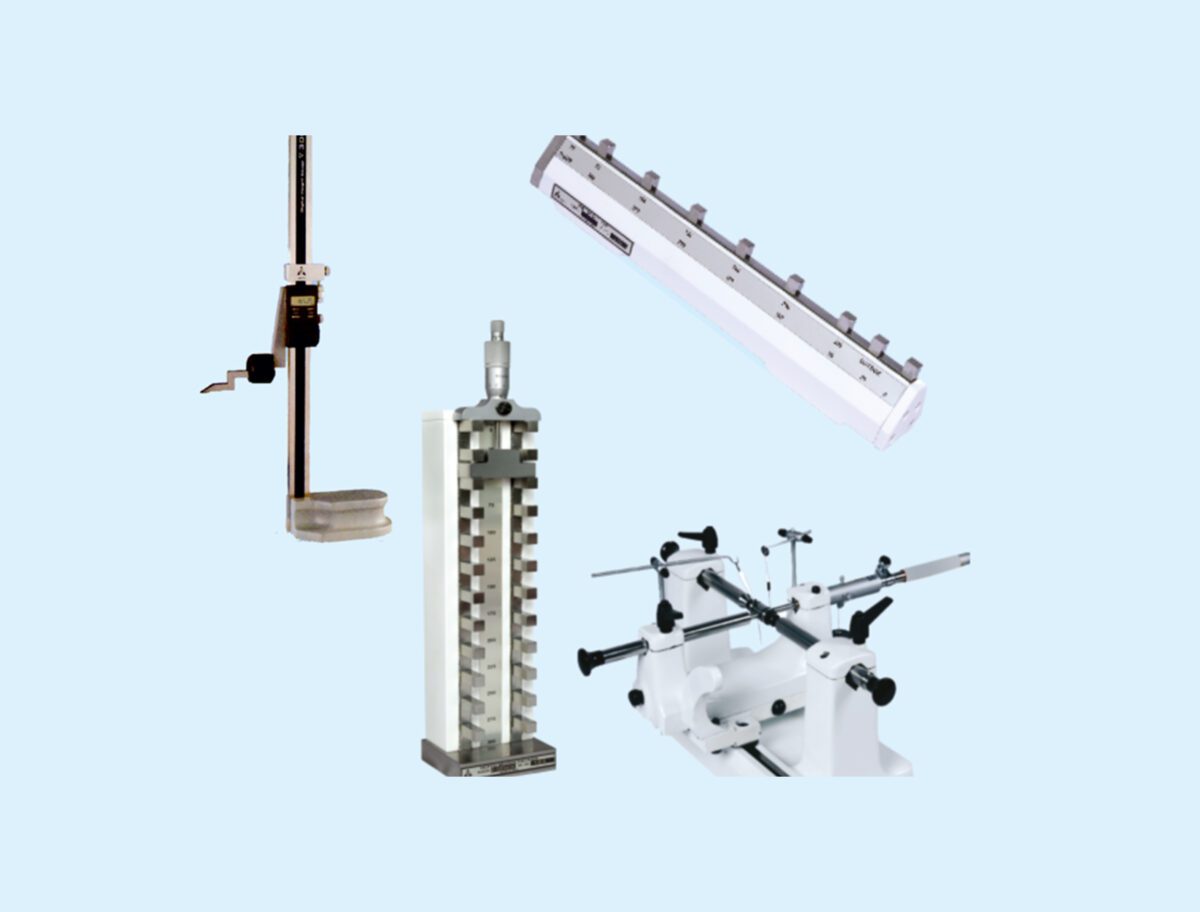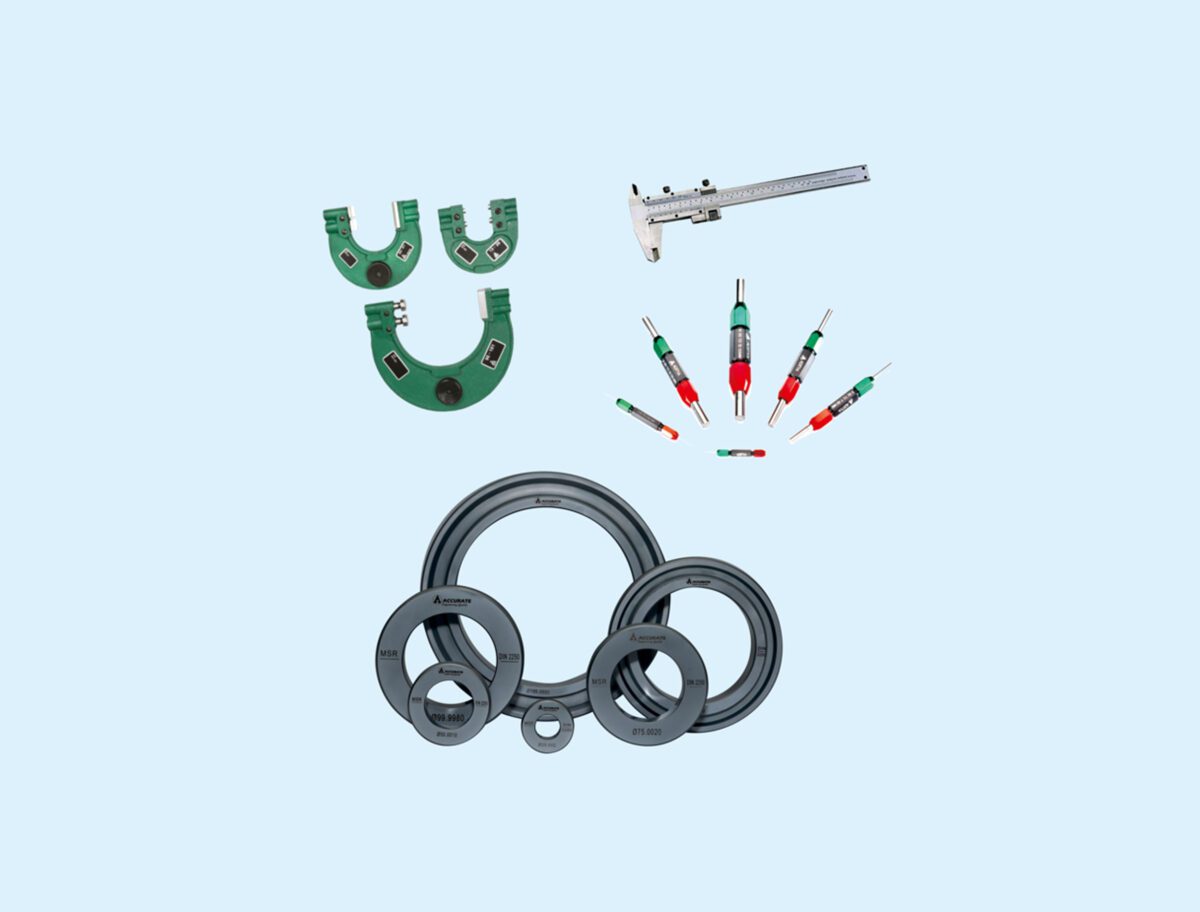kalk Solutions

Manufacturers can implement various strategies to lower their carbon footprint and contribute to sustainability efforts. Below are seven effective methods:
1. Switch to Renewable Energy Sources
- Transitioning to renewable energy such as solar, wind, and hydro power significantly reduces greenhouse gas (GHG) emissions.
- Investing in energy-efficient equipment further minimizes energy consumption.
2. Optimize Logistics and Transportation
- Use low-emission vehicles, consolidate shipments, and source materials locally to reduce transportation-related emissions.
- Efficient delivery routes and modes like rail or water transport can further decrease carbon output.
3. Implement Waste Reduction Strategies
Minimize production waste through optimized processes, recycling, and reusing materials.
Design products with longer lifespans and recyclable components to reduce overall waste.
4. Utilize Sustainable Materials
Adopt biodegradable or recycled materials in production.
Choose materials manufactured using renewable energy sources to lower Scope 3 emissions.
5. Reduce Water Usage
- Audit water consumption in production processes and implement strategies for reuse.
- Water-saving practices help conserve resources while reducing energy-intensive water treatment needs.
6. Promote Green Practices in the Workplace
Encourage energy-saving habits like switching off unused equipment and using energy-efficient lighting.
Implement programs such as cycle-to-work schemes or carpooling to reduce commuting emissions.
7. Leverage Data Sharing for Carbon Accounting
Collaborate with suppliers to exchange CO2-equivalent data across the supply chain for better transparency and benchmarking efforts.
Use tools that calculate carbon emissions accurately to identify reduction opportunities.
By adopting these measures, manufacturers can significantly minimize their environmental impact while improving operational efficiency and compliance with sustainability standards.


